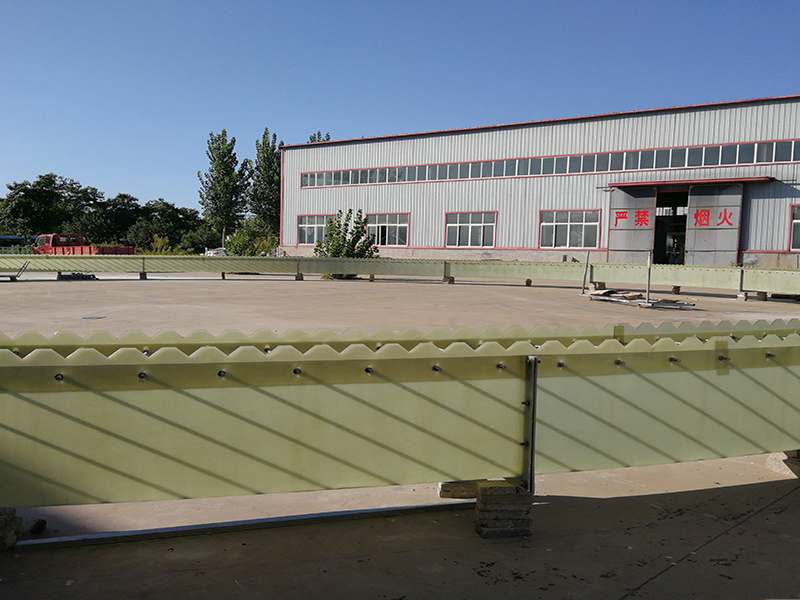
-
 Afrikaans
Afrikaans -
 Albanian
Albanian -
 Amharic
Amharic -
 Arabic
Arabic -
 Armenian
Armenian -
 Azerbaijani
Azerbaijani -
 Basque
Basque -
 Belarusian
Belarusian -
 Bengali
Bengali -
 Bosnian
Bosnian -
 Bulgarian
Bulgarian -
 Catalan
Catalan -
 Cebuano
Cebuano -
 China
China -
 China (Taiwan)
China (Taiwan) -
 Corsican
Corsican -
 Croatian
Croatian -
 Czech
Czech -
 Danish
Danish -
 Dutch
Dutch -
 English
English -
 Esperanto
Esperanto -
 Estonian
Estonian -
 Finnish
Finnish -
 French
French -
 Frisian
Frisian -
 Galician
Galician -
 Georgian
Georgian -
 German
German -
 Greek
Greek -
 Gujarati
Gujarati -
 Haitian Creole
Haitian Creole -
 hausa
hausa -
 hawaiian
hawaiian -
 Hebrew
Hebrew -
 Hindi
Hindi -
 Miao
Miao -
 Hungarian
Hungarian -
 Icelandic
Icelandic -
 igbo
igbo -
 Indonesian
Indonesian -
 irish
irish -
 Italian
Italian -
 Japanese
Japanese -
 Javanese
Javanese -
 Kannada
Kannada -
 kazakh
kazakh -
 Khmer
Khmer -
 Rwandese
Rwandese -
 Korean
Korean -
 Kurdish
Kurdish -
 Kyrgyz
Kyrgyz -
 Lao
Lao -
 Latin
Latin -
 Latvian
Latvian -
 Lithuanian
Lithuanian -
 Luxembourgish
Luxembourgish -
 Macedonian
Macedonian -
 Malgashi
Malgashi -
 Malay
Malay -
 Malayalam
Malayalam -
 Maltese
Maltese -
 Maori
Maori -
 Marathi
Marathi -
 Mongolian
Mongolian -
 Myanmar
Myanmar -
 Nepali
Nepali -
 Norwegian
Norwegian -
 Norwegian
Norwegian -
 Occitan
Occitan -
 Pashto
Pashto -
 Persian
Persian -
 Polish
Polish -
 Portuguese
Portuguese -
 Punjabi
Punjabi -
 Romanian
Romanian -
 Russian
Russian -
 Samoan
Samoan -
 Scottish Gaelic
Scottish Gaelic -
 Serbian
Serbian -
 Sesotho
Sesotho -
 Shona
Shona -
 Sindhi
Sindhi -
 Sinhala
Sinhala -
 Slovak
Slovak -
 Slovenian
Slovenian -
 Somali
Somali -
 Spanish
Spanish -
 Sundanese
Sundanese -
 Swahili
Swahili -
 Swedish
Swedish -
 Tagalog
Tagalog -
 Tajik
Tajik -
 Tamil
Tamil -
 Tatar
Tatar -
 Telugu
Telugu -
 Thai
Thai -
 Turkish
Turkish -
 Turkmen
Turkmen -
 Ukrainian
Ukrainian -
 Urdu
Urdu -
 Uighur
Uighur -
 Uzbek
Uzbek -
 Vietnamese
Vietnamese -
 Welsh
Welsh -
 Bantu
Bantu -
 Yiddish
Yiddish -
 Yoruba
Yoruba -
 Zulu
Zulu
Innovative Solutions for Fiberglass Launder Design and Applications in Water Treatment Systems
The Advantages of Fiberglass Launders in Wastewater Treatment
In the ever-evolving world of environmental management, the treatment of wastewater has gained significant attention. Traditional methods often face challenges related to durability, corrosion, and maintenance. However, with recent advancements in materials science, fiberglass launder systems have emerged as a versatile and effective solution. This article will explore the advantages of fiberglass launders in wastewater treatment processes, including their durability, cost-effectiveness, and ease of installation.
Understanding Fiberglass Launders
Fiberglass launders are channels designed for the collection and transport of wastewater during treatment processes. They are typically used in applications such as clarifiers, sedimentation tanks, and various filtration systems. Made from fiberglass reinforced plastic (FRP), these launders combine glass fibers with resin, resulting in a strong yet lightweight material resistant to corrosion and chemical degradation. This makes them particularly suitable for wastewater management, where exposure to harsh chemicals and environmental stressors is commonplace.
Durability and Resistance to Corrosion
One of the primary benefits of fiberglass launders is their exceptional durability. Unlike conventional materials such as concrete or metal, fiberglass does not rust, corrode, or degrade when exposed to acidic or alkaline conditions. This characteristic is essential in wastewater treatment facilities, where contaminants can vary widely in composition and potency. The longevity of fiberglass systems means less frequent replacements and repairs, leading to reduced downtime and maintenance costs.
Furthermore, fiberglass launders can withstand varying temperature levels without compromising their structural integrity. This resilience is crucial in southern regions where temperatures can rise dramatically, as well as in colder climates where freezing and thawing can damage traditional materials.
Cost-Effectiveness
The initial costs associated with fiberglass launders may be higher than those for traditional systems. However, when considering the long-term savings, including reduced maintenance and replacement costs, fiberglass systems can be more economically viable. Their lightweight nature allows for easier handling and faster installation, reducing labor costs as well.
fiberglass launder

Moreover, the high durability of fiberglass launders means that facilities can operate more efficiently. Fewer repairs result in less downtime and ensure that treated water is consistently available for reuse in irrigation, industrial processes, or safe environmental discharge. Consequently, operators can achieve greater throughput without additional capital expenditures.
Ease of Installation
The versatility of fiberglass launders extends to their installation process. Lightweight and customizable, they can be fabricated into various shapes and sizes to fit the specific needs of a treatment facility. This flexibility enables engineers and project managers to create highly efficient layouts without the constraints of heavier materials. The ease of installation can significantly expedite project timelines, allowing facilities to begin operations sooner and minimizing disruptions to existing systems.
Additionally, fiberglass’s smooth surface reduces friction, allowing for better flow dynamics. Improved flow can lead to enhanced removal performance in treatment processes, as wastewater traverses through the system more effectively.
Environmental Considerations
As environmental regulations become increasingly stringent, the choice of materials in wastewater management becomes crucial. Fiberglass launders present a sustainable option, as they are often made from recycled materials. Furthermore, their longevity contributes to reduced waste generation over time compared to traditional systems that may require regular replacement.
Conclusion
In conclusion, fiberglass launders offer a robust and efficient solution for wastewater treatment applications. Their durability, resistance to corrosion, cost-effectiveness, ease of installation, and environmentally friendly attributes make them an attractive choice for many facilities. As the need for sustainable and reliable wastewater solutions continues to grow, fiberglass launders are likely to play a pivotal role in the future of environmental management, helping to ensure cleaner water and healthier ecosystems. By embracing innovative materials like fiberglass, wastewater treatment operators can enhance their operations while protecting the environment.









